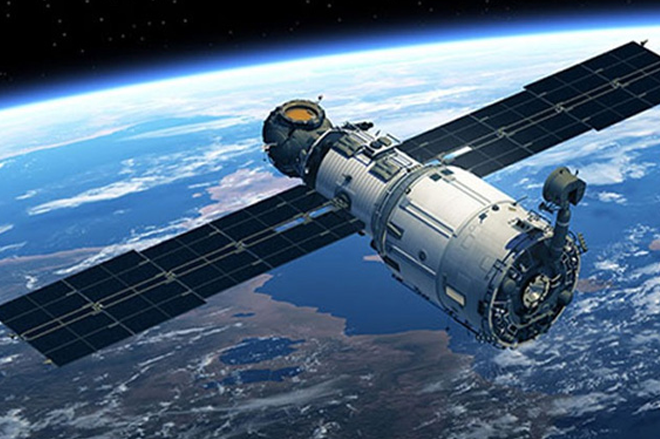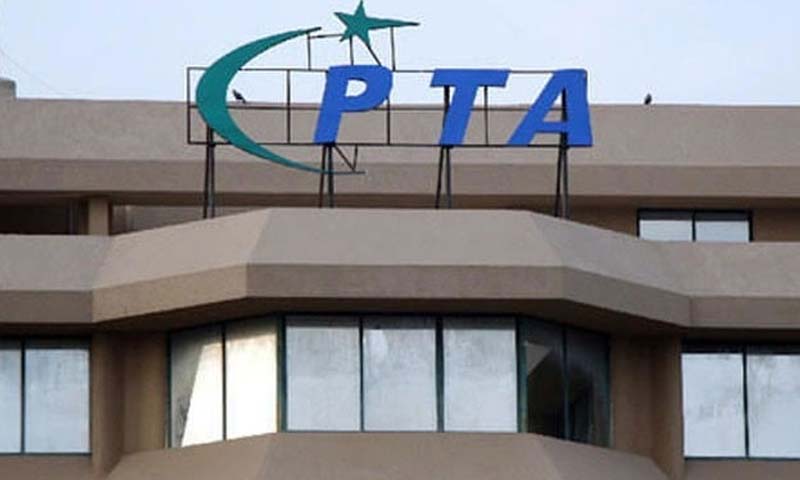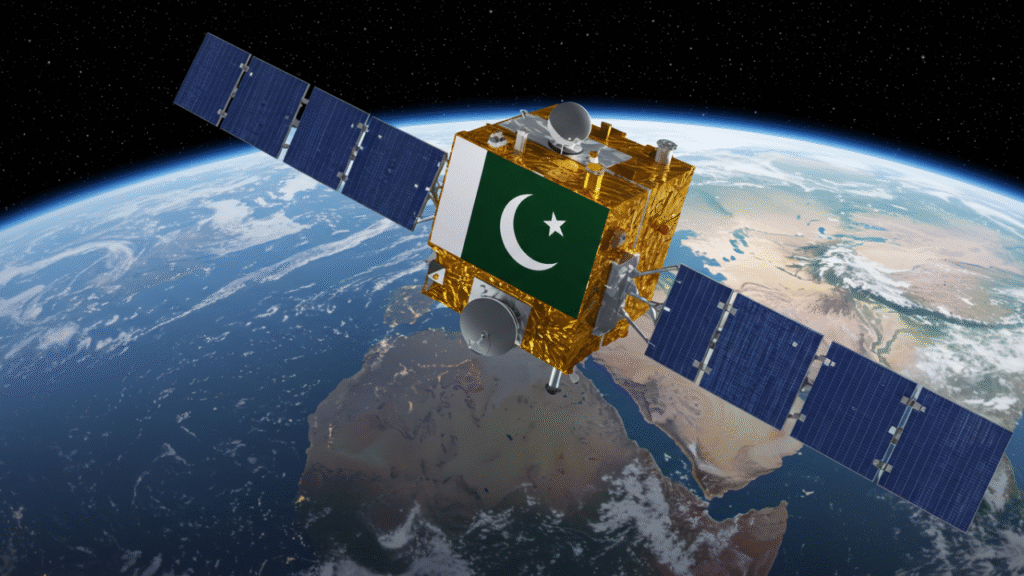SCIENCE & TECHNOLOGY

Pakistan has joined the ranks of the world’s top ten countries in remote sensing technology by successfully developing the hyperspectral imaging satellite HS-1. The milestone marks a new era in the country’s space exploration and technological advancement.
According to Dr. Muhammad Farooq Khan, Director of Space Applications at the Space and Upper Atmosphere Research Commission (SUPARCO), the HS-1 satellite represents a major step forward in Pakistan’s capability to design, develop, and utilize advanced space systems.
Speaking exclusively to SAMAA News, Dr. Farooq said that Pakistan’s entry into the global top 10 remote sensing nations is “a source of immense national pride” and demonstrates SUPARCO’s growing technical and scientific expertise.
“Pakistan has achieved an important milestone in the field of space technology. The HS-1 satellite will significantly expand SUPARCO’s data collection and analysis capabilities,”
said Dr. Farooq.
🛰️ Expanding Space Capabilities
The HS-1 satellite, equipped with hyperspectral imaging technology, allows for highly detailed Earth observation and data collection across multiple wavelengths. This technology can be used in agriculture, environmental monitoring, disaster management, and defense applications, enabling Pakistan to generate its own satellite imagery with exceptional accuracy.
Dr. Farooq added that in the near future, SUPARCO plans to not only develop satellites locally but also launch them from within Pakistan, marking a significant step toward space self-reliance.
🌕 “Made in Pakistan” Lunar Mission Planned for 2028
In an exciting announcement, SUPARCO revealed plans to land a Made in Pakistan vehicle on the Moon by 2028. This lunar mission aims to strengthen Pakistan’s position in global space research and collaboration.
“The day is not far when Pakistan will be launching its own satellites and lunar vehicles from its own soil,” Dr. Farooq noted, expressing optimism about the future of the country’s space ambitions.
🌍 A New Era for Pakistan’s Space Program
With the launch of HS-1, Pakistan joins elite space-faring nations like the U.S., China, India, Japan, and Russia, all of which possess advanced remote sensing technology. The achievement highlights Pakistan’s commitment to developing indigenous technological solutions and enhancing national capacity in science, innovation, and exploration.
Experts believe that the HS-1 project will not only boost scientific research and defense capabilities but also open new doors for international cooperation and commercial satellite services.




